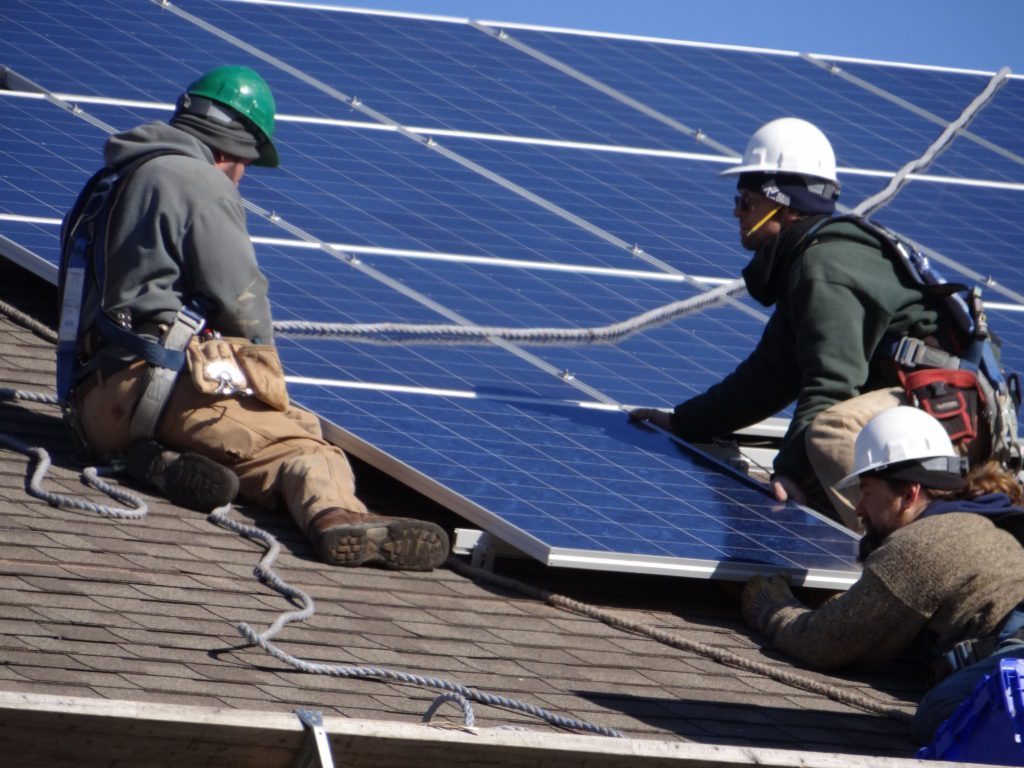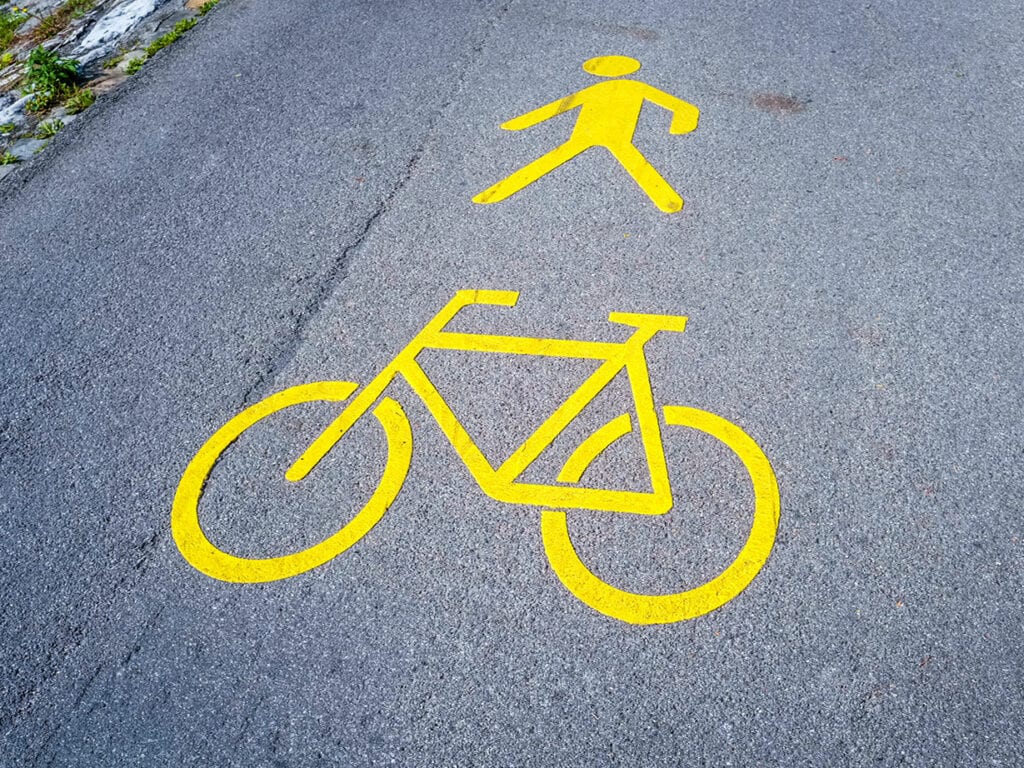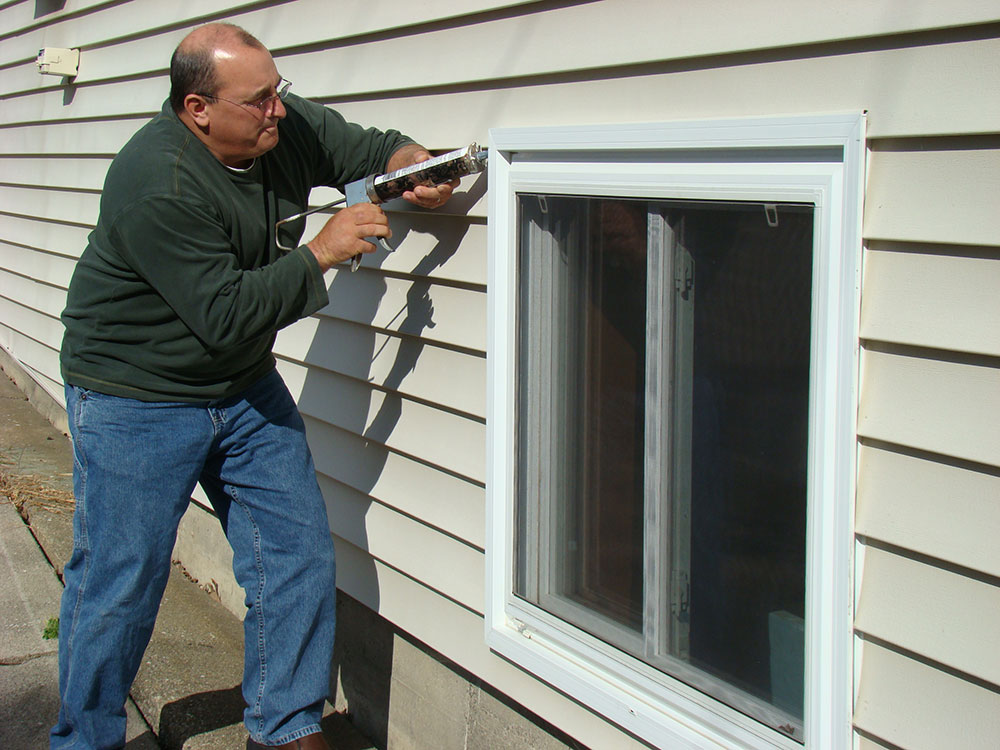The COVID-19 pandemic has laid bare inequalities and weaknesses in our economy, communities, and healthcare. It has also reinforced the need to make decisions about our future based on science and truth, not misinformation or fear.
Slowing the spread of the virus; ramping up the availability of testing and necessary medical supplies; and meeting the immediate needs of the people and communities hit the hardest by the pandemic must remain our top priority. As local governments, Maine, and the U.S. work to help small businesses rebound; to foster community resilience; to address inequities; and to bring back jobs, they should prioritize a smarter path forward that will strengthen our economy. In 2020, it’s clear that path is a green one.
The decisions we make today about rebooting the economy and how we rebuild stronger both in response to the coronavirus but also another crisis bearing down on us—the climate crisis—will have huge ramifications for our state’s economy and well-being. The good news is we can confront both challenges by supporting people, not polluters, and identifying fair investments that will create cleaner, healthier, and more connected communities.

Installing solar
For decades, the federal government has been propping up the fossil fuel industry with subsidies from our tax dollars. To continue to do so would be foolish. Now is the time to build back better with renewables and green jobs. New research is showing that the United States has overtaken China as the most attractive country in the world for renewables investment, and the global clean energy sector is expected to bounce back quickly despite the coronavirus pandemic. Two recent reports show that Maine is now considered a national leader in clean energy generation with economic opportunities in the clean energy sector, and the efforts we’re helping push forward in our state are laying the roadmap of climate leadership.
Here in Maine, we have a clear path forward. An April 2020 poll showed a strong majority of Maine voters support bipartisan action on clean energy and transportation to reduce pollution and address climate change. We must make smart decisions and investments that help Mainers get back on their feet and build stronger, healthier, and more resilient communities.
In order for our efforts to be successful at the state level, we also need greater investment and alignment from our federal government. A national coalition that the Natural Resources Council of Maine (NRCM) and Maine Conservation Voters have partnered with, Coalition for Clean Energy and Healthy Communities, is calling for Congress to adopt a greener, healthier recovery to rebuild better and help people save money by investing in clean energy incentives; increasing building efficiency and decarbonization; providing clean transportation; creating resilient communities; ensuring clean and safe water; establishing water and wildlife restoration initiatives; and stopping fossil fuel bailouts. We’re calling on our Maine delegation to lead on a green recovery for Maine and the U.S.!

Below are the top four ways decision-makers and leaders can build Maine back stronger and healthier. These investments put people and families first, and supply our communities with good-paying, resilient jobs and smart shovel-ready infrastructure improvements that build a healthy future for Maine. A smart economic recovery plan for Maine includes:
- Transitioning to renewable energy sources, like solar and wind, instead of fossil fuels. Renewable energy tax incentives can further accelerate Maine’s fast-growing renewable energy industry and supercharge good, long-lasting clean energy jobs here at home. In Maine, solar is expected to grow ten-fold in the next five years. During this health crisis there has been “increased homeowner interest in making their homes resilient in uncertain times.” Community solar is on the rise in Maine and can help reduce electricity prices and transition people away from polluting fuel sources.
- Giving Mainers cleaner transportation choices by investing in high-quality, reliable public bus service, especially in rural areas and high-commuter corridors, and expanding access to electric vehicles statewide. We need to prioritize solutions that will lead to expanded transportation options for Mainers, especially in rural communities. Investments in our transportation infrastructure alone can create and support more than seven million jobs nationwide while saving billions of dollars in fuel costs due to increased transportation efficiency. We should call for investment here in Maine.
-
- Maine is a rural state, and we haven’t yet invested enough in public transit to connect our rural communities and expand accessibility for people who don’t drive or drive less, like our growing elderly population. Maine spends the lowest amount (86 cents) on public transit per person of any other state in the region, and we get what we pay for: according to MaineDOT, we’re only serving 17% of the need for public transportation. Our economic recovery plan presents an opportunity to increase our investment in public transit to levels similar to those in Vermont—$12 per capita/year—and to build a similarly popular transit system. Expensive auto loans and high maintenance costs make cars enormously expensive for working families. Building rapid bus and expanded transit to connect Maine’s rural communities to their workplaces, medical facilities, and grocery stores will take an economic burden off everyday Mainers.
- For too many, driving is the only option to get around. By prioritizing safer street designs that make it easier and safer to walk or bike, we can help people avoid the cost and burden of driving everywhere, while also promoting a healthier lifestyle. We also support the call for an expanded network of greenways that would connect our towns and cities with safe bike and walking trails.
- Maine can set targets for expanding electric vehicle ownership and car charging infrastructure to remove barriers for Mainers who want to move toward cleaner cars and trucks fueled by green electricity, not polluting fossil fuels.
- Expanding broadband so everyone in Maine has access to high-speed internet for work, school, and home. The rapid shift to remote school and work to protect our public health has demonstrated what’s possible—and revealed deep divides and opportunities across our state. Like other parts of Maine, rural and underserved communities deserve access to our modern economy and communication tools. Broadband can support remote work that will reduce pollution and encourage people to move to Maine. There’s a lot we can, should, and need to do to expand reliable internet access. As pointed out in the Portland Press Herald, a mass shift to remote work could redefine Maine’s climate goals.
- Increasing investments in weatherization and building efficiency to reduce costs for homeowners, renters, and businesses. Thirty-nine percent of Maine’s total greenhouse gas emissions comes from our buildings and infrastructure. Housing alone is the second highest carbon-emitting sector overall. We can tackle pollution from this sector by scaling up successful weatherization programs, supporting the transition to clean, cost-effective heating and cooling systems, and advancing building design and construction improvements that make our homes more comfortable and save people money. Weatherization investment has been a success story in Maine, with 24,000 people trained in energy efficiency installations, and 2,420 homes weatherized since 2010. These kinds of investments put people back to work in a big way during the last economic recovery, and we should apply those lessons now.
Like everywhere in the world right now, Maine finds itself battling a virus and an uncertain future. Although the situation is different for every state, Maine is particularly vulnerable to the health and economic fallout of this pandemic due to our older population, heavily tourist-dependent economy, lack of broad access to high-speed internet, and other challenges. But the smart solutions and success stories across our state give us hope. Throughout Maine, people are making decisions leading to solutions for their communities that cut costs, create local green clean energy jobs, and work to tackle climate change. More than 250 Mainers from across the state and the economy are developing a Climate Action Plan, due to the Legislature in December, and the solutions mentioned above should be incorporated. We have an opportunity to get more people back to work and accelerate solutions like these.

The answers are out there, and the moment is now to make decisions for today and tomorrow. We’re calling our leaders at the federal and state levels to be solution-oriented and make smart, green investments in job-creating programs to lead us out of this tough situation.
NRCM envisions a healthier, a cleaner, and a more accessible Maine.
Right now in Congress, the House is discussing two key proposals including recommendations in the Select Committee on the Climate Crisis report and Infrastructure bill, H.R. 2.
—Bonnie Barclay, NRCM Climate Outreach Coordinator










Leave a Reply